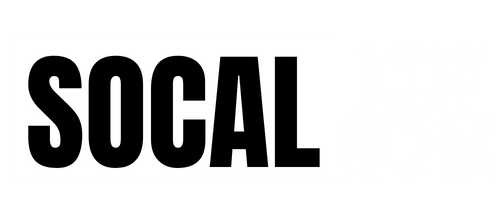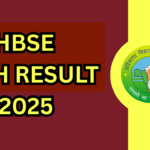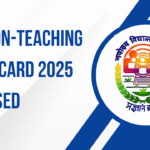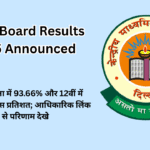As the country continues to recover from the effects of the COVID-19 pandemic, many individuals are still seeking financial relief in the form of government aid. In May 2025, there is ongoing conversation about a potential $1400 stimulus check. This article breaks down the latest developments, eligibility requirements, and payment dates for anyone wondering whether they qualify for this stimulus support. While federal payments may be over, certain individuals can still benefit from stimulus credits.
What Is the $1400 Stimulus Check?
The $1400 stimulus check in question refers to the Recovery Rebate Credit, a provision tied to the third round of Economic Impact Payments (EIP) distributed in 2021. The federal government issued stimulus checks in three phases, with the third phase, amounting to $1400 per eligible individual, sent to millions of Americans. However, not all eligible individuals received the full payment at the time.
In 2025, individuals who did not receive the full $1400 stimulus check in 2021 may still be able to claim it through the Recovery Rebate Credit. The credit is available to anyone who missed out on the third round of stimulus payments due to various reasons such as income thresholds, errors in tax filings, or technical issues with the IRS’s payment distribution system.
Who Is Eligible for the $1400 Stimulus Credit?
Eligibility for the $1400 Recovery Rebate Credit is primarily determined based on your tax filing status and income in 2021. To qualify, you must meet the following criteria:
- Filing Status:
- Single taxpayers: who earned up to $75,000 in adjusted gross income (AGI) qualify for the full $1400.
- Married couples filing jointly: with an income of up to $150,000 are also eligible for the full amount.
- For those earning more than the income thresholds, the credit amount begins to phase out. Single filers with an AGI above $80,000 and joint filers with an AGI above $160,000 will receive a reduced payment, or may not be eligible at all.
- Dependents:
- Individuals who claimed dependents on their 2021 tax returns may also receive additional payments. Parents and guardians could receive $1400 for each eligible dependent, including children, who were claimed on the 2021 tax return.
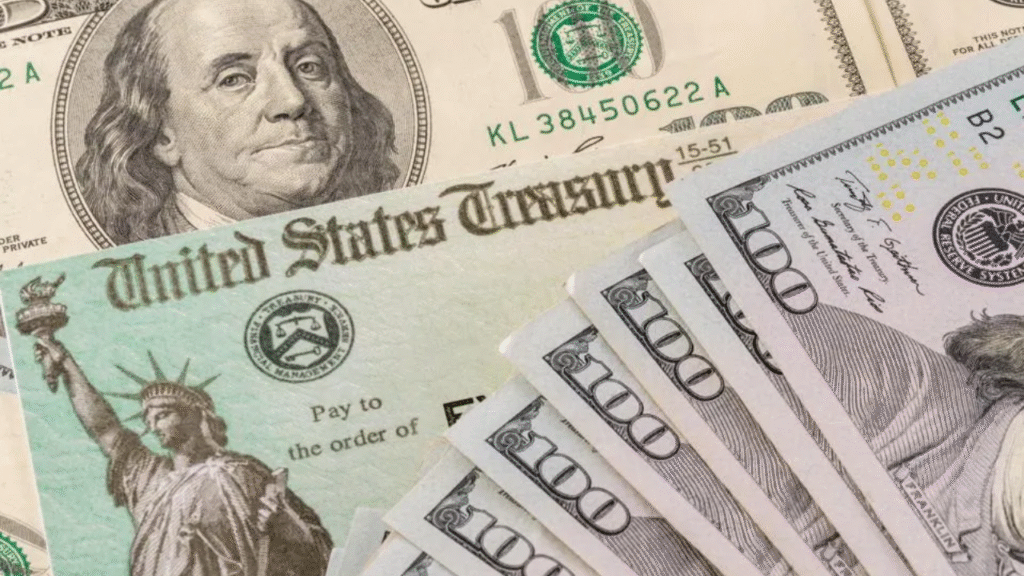
How to Claim the Recovery Rebate Credit
To claim the $1400 stimulus credit, you will need to file a 2021 federal tax return with the IRS. This applies even if you do not typically file taxes. For many individuals who did not receive their stimulus payment, the Recovery Rebate Credit is included as part of the tax filing process.
Taxpayers should fill out Form 1040 or Form 1040-SR and indicate on the form whether they received the full Economic Impact Payment. If not, they can claim the Recovery Rebate Credit on line 30 of their tax return. If you did not receive the third stimulus payment, the IRS will send you the amount due as a tax refund, which may come via direct deposit or check.
Important Dates and Deadlines
The deadline for filing a 2021 tax return was April 15, 2025. If you missed this deadline, you can still file your tax return to claim the credit, but it is essential to act quickly. The IRS generally processes tax returns and sends refunds within 21 days of accepting your return, but delays may occur depending on the volume of filings.
To ensure prompt payment, it is recommended to file as soon as possible and opt for direct deposit to speed up the process.
State-Level Stimulus Payments: What You Need to Know
While the federal government is not issuing any more $1400 stimulus checks, some states are still providing financial assistance to their residents. Various states have created their own stimulus programs in response to ongoing inflation and cost of living challenges. Here are some of the state-level programs you should be aware of:
- New York State:
In New York, Governor Kathy Hochul proposed a one-time inflation relief payment of up to $400 for eligible residents. The payment will be provided to families who meet certain income criteria. Joint filers with an income of up to $150,000 are eligible for the full $400 payment. - California and Georgia:
Both California and Georgia have also launched state-level stimulus programs that provide direct relief payments to qualifying residents. California’s program offers up to $1,100 to eligible individuals, while Georgia’s program provides rebates up to $500. For both, payments are being distributed based on income thresholds, and eligibility details can be found on their respective state websites. - South Carolina:
South Carolina has issued rebates up to $500, which are being distributed to eligible taxpayers across the state. More details are available on the South Carolina Department of Revenue website.
Scams and Fraud: Be Cautious
As more information circulates regarding stimulus payments, it is important to remain vigilant against fraud. Scammers often exploit government relief efforts by sending phishing emails or text messages asking for personal information or payment details.
The IRS has warned taxpayers that it never asks for personal or financial information via unsolicited emails, text messages, or social media. Always verify information through the official IRS website or call their helpline at 1-800-829-1040 for any concerns.
Conclusion
While the federal government is not issuing any more $1400 stimulus checks as part of its COVID-19 relief efforts, individuals who missed the third round of payments may still be able to claim the Recovery Rebate Credit through their 2021 tax return. Filing your taxes before the deadline and ensuring that all your information is correct will help you receive the funds you are eligible for.
State-level relief programs are still ongoing in certain areas, offering financial support for those who continue to face economic hardship. It is important to stay informed about both federal and state-level programs to ensure that you receive the help you need.
